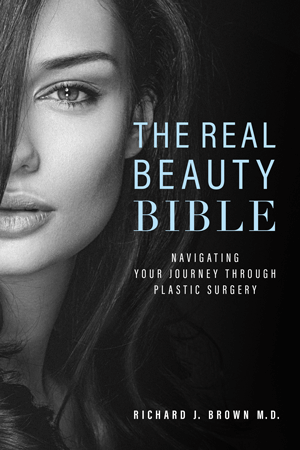Swimsuit season is only a few months away, but many women dread putting on a swimsuit because they’re unhappy with their breasts. Are you one of them?
Maybe your breasts are smaller than you’d like them to be, or they sag because of age, loss of skin elasticity, having children, or dramatic weight loss. Whatever reasons you have for wanting breast enhancement surgery, you probably have some questions about breast implants and your surgical options.
Breast augmentation surgery has been around for a long time, going back to the late 1890s when surgeons used a patient’s own fat tissue. Implants of any type were rarely used before 1963. Since then, major design innovations across several generations of implants have made them safer and more natural looking (and feeling!) than ever before. Today, implants are filled with either silicone or saline. What are the major differences between the two? Both types can give a natural look, but they feel different.
Saline vs. Silicone Implants
A saline implant is like a water balloon and generally feels more firm than silicone (which many women don’t mind). They have a much more firm feeling to them and are more prone to rippling. Saline implants are filled during to the desired volume to obtain the desired size. If a saline implant ruptures, it releases only salt water and simply deflates—and you’ll know right away if this occurs.
Silicone is a gummy-like substance and feels softer and more like a natural breast. Silicone implants are pre-filled, so the surgeon can’t adjust the size. If a silicone implant ruptures, the gel leaks out more slowly than saline does. In fact gels are fifth generation and are so cohesive that they make take years to show a leak, which is a good thing because it stays containing inside the silicone shell. A patient who gets a microperforation might not know it for years, but might notice that the implant looks and feels different over time. Some people have safety concerns about silicone, but there is no data to date suggesting that silicone absorbs into the bloodstream and causes problems. In fact it usually is contained within the breast capsule itself.
Which type is for you?
Patients might say they prefer one type of implant to the other, but the surgeon works with you to makes the final decision about which type is best for you based on your physiology, the amount of breast tissue you have, and the thickness or thinness of your skin. I think silicone is a better choice for patients with thin skin and thinner breast tissue because it feels softer, while saline tends to feel more firm. Silicone is also a better choice for thin-skinned patients because implants can ripple if there’s not enough tissue to cover them, and silicone ripples less than saline. Both saline and silicone are good choices for younger patients who have good-quality tissue, but again, a physical exam ultimately determines your best option.
Whether it’s swimsuit season or any time of year, the best time to have breast enhancement surgery is whenever you want it. Are you ready to put on that bikini and hit the beach? Take the first step and call today or visit our website to set up a consultation to learn more about your breast enhancement options.

